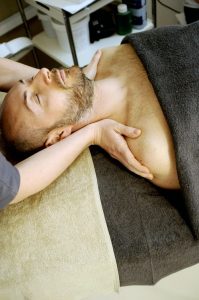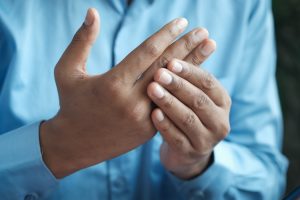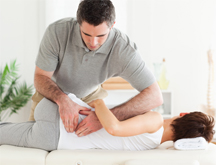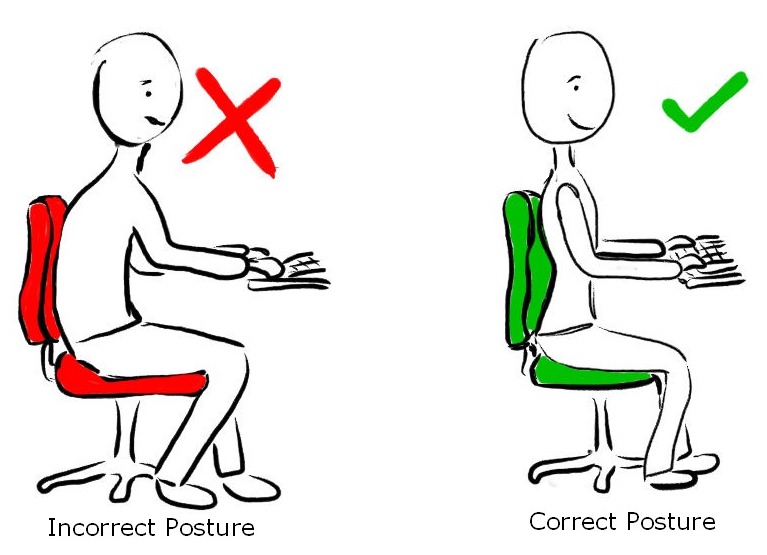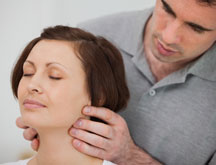What is Massage Therapy?
Massage therapy offers many benefits for recovery. This type of treatment involves the hands-on manipulation of the soft tissues of the body. These tissues include:
- Muscles
- Tendons
- Connective tissues
- Ligaments
What is the purpose of massage therapy?
The purpose of massage therapy is to help improve the physical condition of the body. This is achieved through by improving:
- Tissue flexibility
- Joint movement
- Circulation
- Stress
Are there different types of massage therapy?
- Swedish Massage
- Most common type of massage therapy
- It involves soft, long and kneading strokes of the muscles
- This type of treatment may also include joint movement and stretches
- The focus of Swedish massage is the relaxation of the muscles
- Deep tissue Massage
- This type of massage aims to get into deeper layers of the soft tissues
- It uses deeper pressure and may be more painful than a Swedish massage but can be helpful in releasing tension coming from deeper structures
- Sports Massage
- The focus of sports massage therapy is to help athletes while they are training before, during or after their particular sport
- It helps to maintain optimal muscle flexibility and function and prevent injuries
- Lymphatic Drainage
- This is a very gentle pressure massage that helps to improve the circulation of the body
- It specifically targets the lymphatic vessels in the body, which carry lymphatic fluid
- The lymphatic fluid carries
- Prenatal Massage
- This type of massage is aimed to specifically for women who are pregnant
- It is usually more gentle and utilizes the side-lying or back lying position to provide pain relief or muscle relaxation
Does PhysioNow offer Registered Massage Therapy?
Yes! PhysioNow offers Registered Massage Therapy as part of our services. More specifically, all of our massage therapists have many years of experience and are able to help our patients recover from their injuries. Additionally, all of our therapists have different areas of specialties and our administrators can assist you in choosing a therapist who is right for you.
What type of injuries can massage therapy help with?
Massage therapy is a great treatment option for most types of injuries. For example, some of the conditions that respond well with massage therapy include:
Muscle sprains and strains
-
- Muscle sprains or strains can happen anywhere in the body
- Usually, symptoms include pain, restricted range of motion and weakness
- Massage therapy can really help alleviate the muscle tension in and around the strained muscle to help with the recovery
Joint stiffness
-
- Joints can become stiff with injuries or due to a sedentary lifestyle
- Massage therapy can help improve the joint movement by releasing the tension in the soft tissue structures surrounding the joint
Headaches
-
- There are many sources of headaches and some of them cannot be helped with manual therapy
- However, tension headaches or those caused by stiffness in the neck respond very well to massage therapy treatment
Arthritis conditions
-
- Arthritis results in pain and stiffness and massage therapy is a great option for helping to relieve these symptoms
- The treatment will help improve the flexibility of tissues and joints
Motor vehicle accidents
-
- The whole body experiences trauma after a car accident
- More specifically, most people have stiffness through the neck, middle back and low back
- Massage therapy can help manage these early symptoms after a car accident
Rotator cuff tendinopathies
-
- Problems with the rotator cuff can cause pain, restricted range of motion, loss of strength and stiffness
- The shoulder is one of the most complex joints of the body because there is so much interconnectedness between the neck, chest, shoulder blade and upper back
- Massage therapy can really help relieve the tensions through all these tissues and provide relief
Low back pain
-
- Low back pain has been a common problem during the pandemic
- For example, working long hours from home and being generally less active has caused an increase in back pain conditions
Pregnancy
-
- Pregnancy causes a lot of changes to a woman’s body due to all the hormonal changes
- As the pregnancy progresses, women may continue to experience pain through the neck and back as their body mechanics change to accommodate the growing baby
- Regular massages can help manage these symptoms
Chronic pain conditions
-
- Many people struggle with chronic pain conditions that really impact their overall well-being
- An example of a chronic pain condition is fibromyalgia
- Massage therapy treatment using gentle pressure can really help manage the pain from these types of conditions
Lymphedema
-
- Lymphedema is a condition where there is swelling in a limb due to an accumulation of lymphatic fluid.
- The swelling can range from mild to very severe
- The most common cause of lymphedema is breast cancer treatment
- Lymphatic drainage massage can be beneficial in helping manage and reduce the swelling
Why should you choose PhysioNow for Massage Therapy?
PhysioNow is a well-established company and has been serving the Mississauga community since 2004. The company has continued to grow and now consists of 5 locations across Mississauga, Etobicoke and Oakville.
PhysioNow has an amazing team of Registered Massage Therapists with many years of experience. They are able to work with all types of injuries and patients of all ages. We offer Registered Massage Therapy Monday through Saturday and will try out best to find an appointment time that works best with your schedule. PhysioNow offers early morning and evening appointments. Additionally, a lot of our patients do both Massage Therapy and Physiotherapy, since the two services work well together. Both the Physiotherapists and Massage Therapists often collaborate with each other so that the patient is getting the best possible care to help them with their recovery. In fact, we try our best to book both appointments on the same day so that patients can finish their treatments in a timely manner.
Additionally, at PhysioNow we have put into place all the required Covid-19 precautions so that you can feel safe while being in our clinic. Our staff are very focused on keeping the clinic environment sanitized and clean and everyone who enters the clinic has to wear a fresh mask so that everyone is protected.
Do not hesitate! Call PhysioNow today to book your first appointment!
